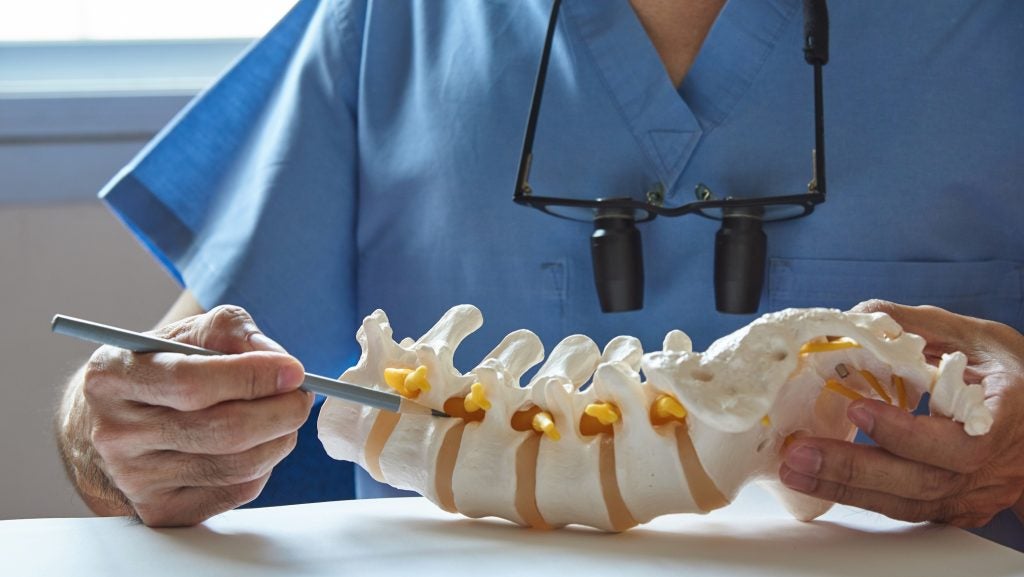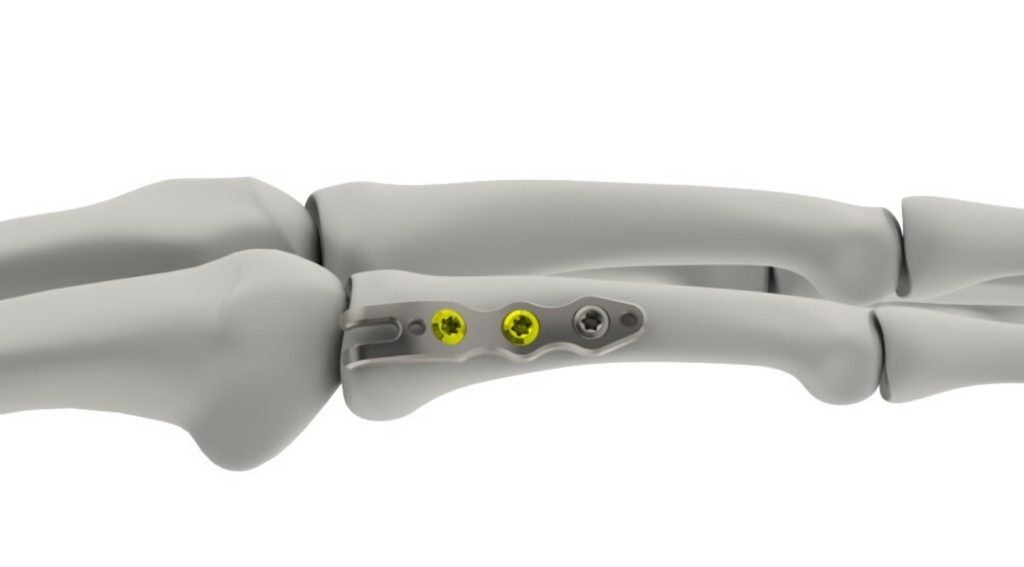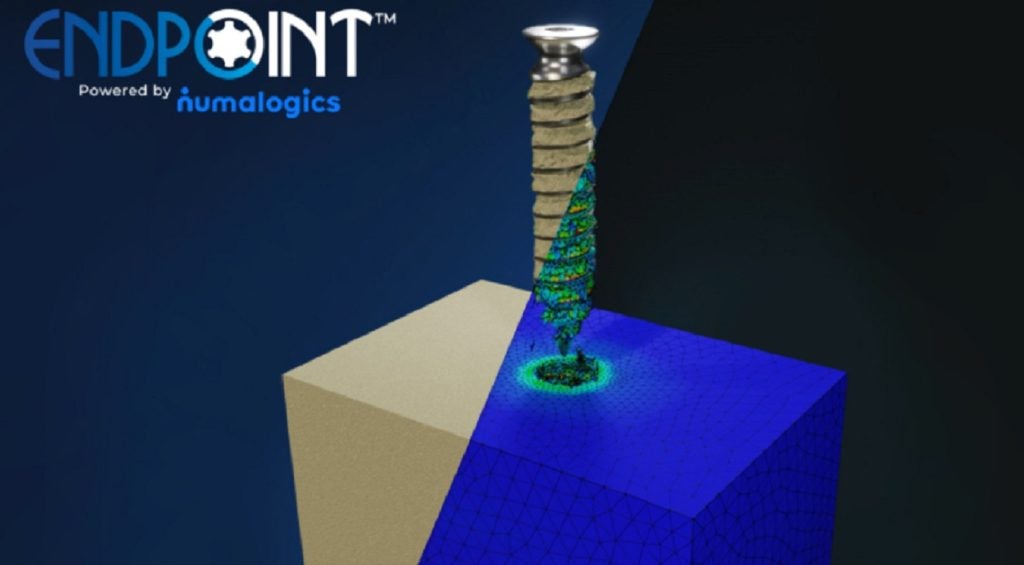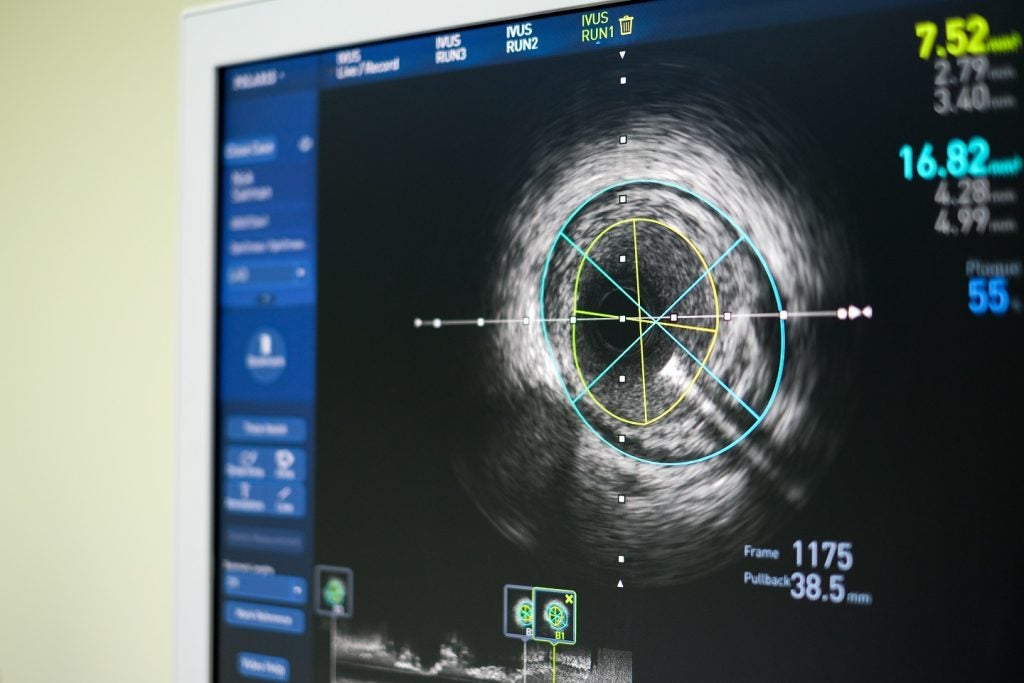US-based medical technology company Accelus has launched a linesider modular-cortical system, which is to be used in spinal implant surgeries.
The technology allows surgeons to place screw shanks early in the procedure and customise the construct with modular tulips and rods. The system comes in open modular and cortical modular sets, catering to different surgical approaches.
Spinal implants are used to stabilise and support the spine during surgeries to correct spinal deformities, fractures, or degenerative diseases. They help restore spinal stability, alleviate pain, and improve the overall function and quality of life for patients.
Last April, Accelus sold its robotic system to AlphaTec Holdings for an undisclosed fee, allowing the company to invest internally and improve its pipeline of products, including the linesider modular-cortical system. The rest of its portfolio includes lumbar antibody fusion devices and systems used in spinal surgeries.
In the announcement accompanying the launch, Accelus CEO Kevin McGann said: “The system not only enhances surgical visibility and flexibility but also maintains our previously set standard for reducing the number of LineSider trays required, helping to optimise operating room setup and procedural workflow.”
In October 2023, Amber Implants kickstarted a first-in-human study investigating the safety and efficacy of its VCFix spinal system implant designed to treat vertebral compression fractures (VCF).
According to a report on GlobalData’s Medical Intelligence Center, the vertebral compression fracture repair device market in the US is forecast to generate $149m in 2030, growing at a compound annual growth rate (CAGR) of 6.1% from $87.6m in 2021. VCF repair procedures are performed mostly in patients with osteoporosis, osteopenia, bone metastasis, and severe traumatic injury.
Last month, US-headquartered manufacturing company ZimVie received clearance from the US Food and Drug Administration for its spinal fixation system to be used in combination with Brainlab’s surgical imaging, planning, and navigation tools. These tools utilise artificial intelligence and mixed reality.













